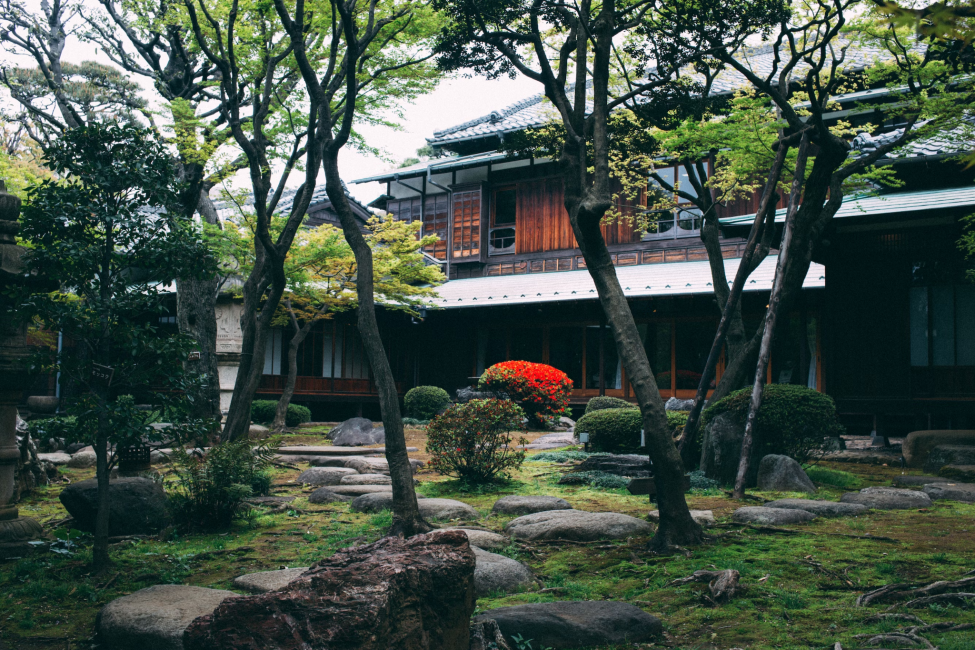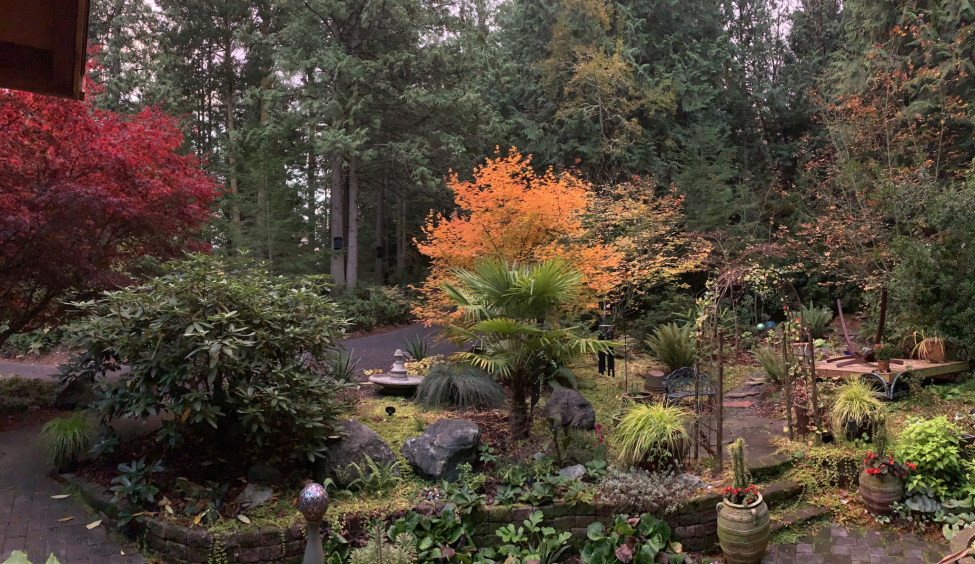Landscape design can transform outdoor spaces from urban environments into rural settings and can bring new energy and vitality. From grass type to flower beds and hardscaping features, the right details can make an outdoor area feel rejuvenated and elevate it further.
Functionality works alongside beauty. For instance, smooth and easy pathways prevent any trip hazards that could potentially present themselves to users. But that’s just the start of the tips I’ve got to help you get the stunning yard you’ve always wanted.
Landscape Design Tips: Creating Your Dream Outdoor Space
Many find the process of designing an appealing landscape daunting, with so much to consider when selecting plants suited for climate, size and sunlight conditions. Its functionality must also be kept in mind; plant maintenance must be accessible and walkways designed without trip hazards to prevent accidents from occurring. Water features can add interest while simultaneously improving safety measures in a design scheme.
Another key consideration in landscaping design is making sure it can adapt to seasonal cycles. This is particularly important in areas used for walking, where paths must not become overgrown with debris or slippery from rain and snow. Evergreen trees and shrubs offer color throughout the year while perennial flowers only last a short period before blooming again, providing annuals as a source of continuous bloom in outdoor spaces around your home.
Shape can have an enormous effect on how a landscape appears. If you own a mid-century modern style home, for instance, many landscapers recommend rectilinear shapes, which typically work better with its design than soft circular ones. Empty spaces (also called voids) can help balance mass within an overall design while uniting various components together into a harmonious whole.
When landscaping for ranch style or farmhouse homes, landscape designs that incorporate country themes can work exceptionally well. This style typically incorporates rustic elements like natural stonework and lush plantings for a more traditional feel on the property.
Be mindful to incorporate both smell and visual details when designing a landscape, ensuring an enjoyable and relaxing place for visitors to your garden. Different plant varieties have distinct scents which can elevate visitors’ experience as well as providing interesting contrast to other parts of your garden. Taking time to consider all these details will ensure not only an appealing but also soothing landscape design is created.
Whatever your landscaping goals may be – impressing guests or simply relaxing in your own backyard – there is endless possibilities available to you when it comes to designing your yard. Working with an established landscape company is an effective way of making sure all major wish list items have been set aside before installing anything – this way you know exactly what will go where.
An outdoor patio is the ideal space for hosting summertime gatherings and enjoying summer evenings, especially with children. By adding amenities like these fire pits, seating and kitchen facilities to create the ultimate space for relaxing after dinner or simply taking advantage of cool evening air. Having an area dedicated for games or running around with the children makes the patio even more welcoming.
Even smaller backyards can benefit from adding a deck. Not only does it look beautiful and increase home value, but you can add outdoor furniture to create an inviting sitting area or dining room for dining outdoors.
Tiered garden beds are an effective way to highlight flowers and shrubs in a small space, creating a natural-looking aesthetic and making maintenance simpler as you can plant according to what their maturity height will be; not to mention you won’t overtake your yard!
Choosing Plants and Features for Your Landscape Design
Plants add color, texture, and beauty to landscape designs. From making an amazing first impression to complementing architectural details or even reflecting your personality – selecting plants can be daunting when browsing rows at a garden center. To narrow your choices down quickly and make informed choices quickly consider factors like sun exposure, size of planting area and moisture needs along with disease, pest and air pollution resistance as well as being deer resistant or drought tolerant if applicable.
As soon as you have selected plants to fill your space, take note of their growth rates. Some plants develop faster than others and will need a larger investment before reaching full size. Knowing their life expectancies will also come in handy; sooner or later they may need replacing.
Flowers may be at the forefront of people’s minds when considering creating a garden, but foliage can offer just as much interest. Look for varieties with vivid leaves with varied leaf colors, patterns and textures, as well as those that show great autumn hues.
Foliage provides the ideal backdrop to other features in the garden and can help highlight specific plant species throughout the year. Using different kinds of foliage as an accent provides an effective way to unify various elements such as front yard entrances, walkways or focal points into one cohesive design scheme.
Form is another essential consideration in landscape design. Rectilinear forms tend to feel rigid and formal while circular and rounded shapes offer more of a soft aesthetic. There are various ways form elements can be integrated into a design such as using curved lines, including low profile plants or changing up planting heights for different zones.
Even while making a good first impression is vitally important, maintaining an aesthetic flow within the landscape should also be of equal concern (https://www.nrc.gov/docs/ML1224/ML12241A377.pdf). This can be achieved by making sure that plantings, pathways and features all work harmoniously together in creating the space you have created.
Finalize your budget before beginning landscaping projects. Overspending can quickly become costly when dealing with ongoing projects like this one that require regular upkeep. To avoid costly errors, begin by creating a base map of your property and drawing bubble diagrams to show how you envision using each part of it: for instance, perhaps screening out views from nearby yards by building walls around them, adding patios, planting flower beds etc. Once complete, create a final drawing reflecting your design concept.


